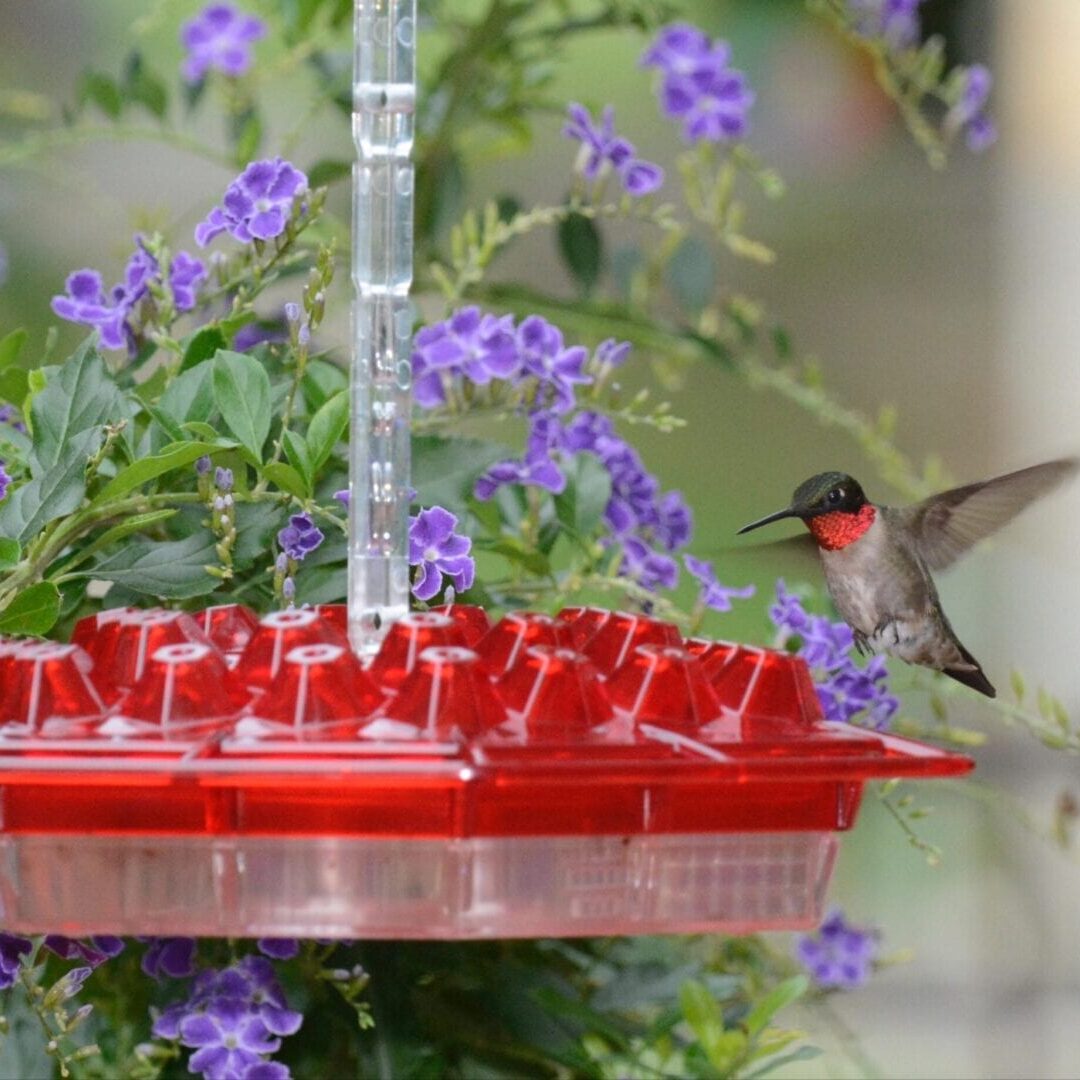The $64,000 question:
What is the best food for hummingbirds?? If you’re making the hummingbird food, or nectar, yourself (4 parts water to 1 part sugar) and not adding coloring… you can go to the head of the class.
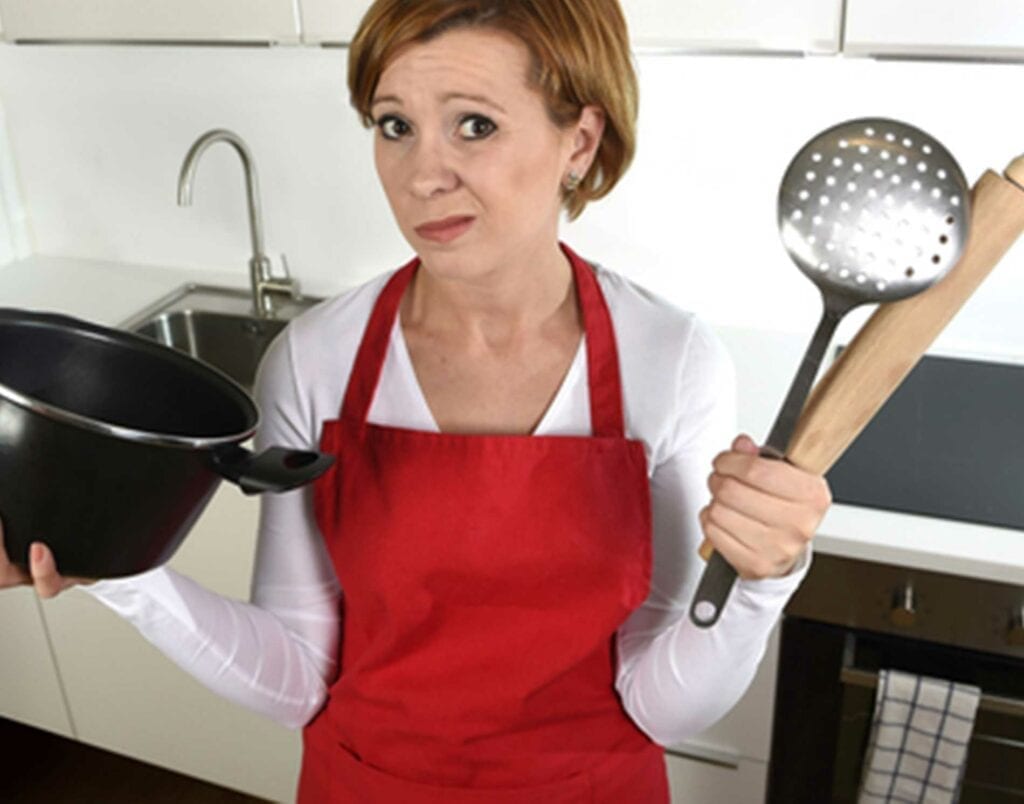
4 to 1 is the accepted ratio to most closely resemble flower nectar – which is what we’re trying to imitate. ‘Experts’ opinions vary a little because we’re all still learning about these amazing birds.
“The normal mixture, especially ideal during hot or dry weather, is ¼ cup of sugar per cup of water. During cold, rainy, or foggy conditions when fresh water is plentiful but birds need more energy, it’s fine to make the mixture 1/3 cup of sugar per cup of water. Concentrations of sugars in natural nectars vary within about that range.†According to The Cornell Lab of Ornithology
So, if some is good, isn’t more better?? YES – with money and English toffee but, remember, we’re imitating flower nectar, not making toffee.
“In fact, syrup concentrations of greater than 50% are beyond that of most natural nectars†Scientific beekeeping.com
Is it necessary to boil hummingbird nectar?
No, not for immediate use but, if you pan to store it, boiling can retard fermentation. If you’re sterilizing it for the hummingbirds, don’t bother. All day long they’re eating un-sterilized flower nectar and very un-sterilized bugs. As soon as your hummingbird sticks its beak in your feeder, it’s anything but sterile. “If you mix up small quantities of sugar water every day or two, there’s no need to boil the water. But if you mix up larger batches and refrigerate part for later use, then it’s wise to make the mixture with boiling water.†The Cornell Lab of Ornithology – “Feeding Hummingbirdsâ€
Is it OK to microwave hummingbird nectar?
If you want to microwave it, just heat the water, then mix the sugar into the heated water. “Do not microwave the solution, because microwaving causes a breakdown in the sugar molecule that can change the nutritional value.†Thomas G. Barnes, Ph.D., Associate Extension Professor and Extension Wildlife Specialist, Department of Forestry
Actually, an electric tea pot is way faster than microwaving.
Should you color the nectar?
NEVER add coloring, or use red-colored commercial mixes! Food coloring is very bad for hummingbirds. Hopefully, you’ve already sworn to never color the nectar.
Different TYPES of sugar:

If you want to provide the best food for your hummingbirds, the sugar should always be WHITE ‘table’ sugar. Because we’re continually told that we should avoid refined sugar, many people assume that goes for hummingbirds, too. Not at all. You should never use any sugar with a brownish tint. Some examples are Turbinado, Raw, or organic. Organic is fine as long as it’s refined and pure white but that may be an oxymoron. The brownish tint is molasses residue that, because of it’s iron content, is pretty bad for birds. Plus, it turns your hummingbird feeder into quite the science project. Would YOU drink it??? Wait… don’t answer that.
More interesting stuff about different types of white sugar:
Eliminating brown-ish colored sugars from the discussion, there are different TYPES of plain old WHITE sugar. In your normal, every day grocery store you’ll find “pure cane sugarâ€, as well as a less expensive “pure granulated sugarâ€. Most people never catch the difference. If you did, you get a star sticker on your forehead. Pure granulated sugar may, or may not, list what the sugar is made from but it’s normally made from sugar beets.
Sugar from beets??
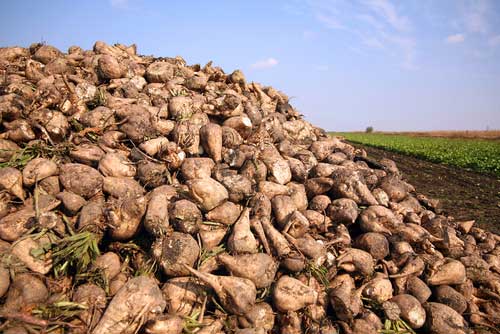
Nothing wrong with sugar beets except beet sugar is a little less pure and sweet. YOU may not notice the difference but your hummingbirds probably will. Hummingbirds will still eat nectar made from beets but they do appear to prefer cane sugar. There’s got to be a reason that pastry chefs only use pure cane sugar. The impurities in other types of granulated sugar may foul the nectar faster plus, well, it’s not quite as sweet. Also, beet sugar has an odor where pure cane sugar has no detectable smell. And, contrary to what we used to think, hummingbirds DO have a sense of smell.
“I know of only two research papers that have tested whether or not hummingbirds can smell, both of them short notes; and in both cases they found that the hummingbirds they tested could associate scents with food in artificial flowers.â€
Jeff Ollerton’s Biodiversity Blog
Make hummingbird food super fast with Baker’s Sugar:
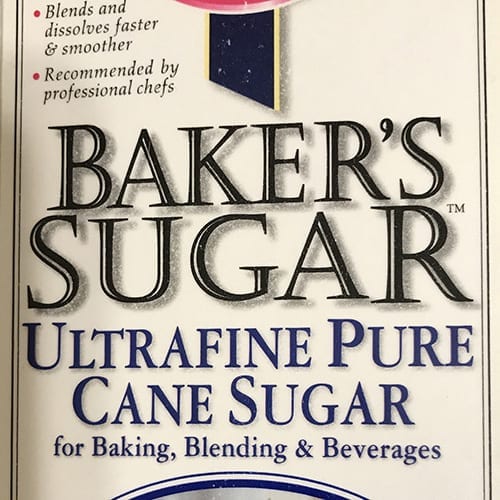
Baker’s Sugar is still pure cane sugar, but it’s ground finer than normal granulated sugar. It dissolves in a few seconds, even with room temperature water so it’s almost instant with boiling water. If you use an electric teapot and Baker’s Sugar, you can probably mix a new batch so fast you can do it in between your hummingbirds’ visits to the feeder. So, the best food for your hummingbirds is now super fast & easy. In your haste, don’t forget to let it cool before putting it outside. If you want even easier nectar prep, make it right in the feeder!
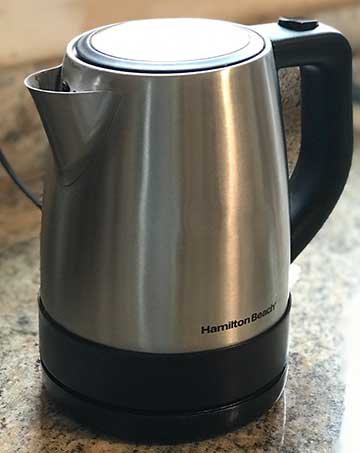
Baker’s Sugar IS NOT “Powdered’, ’10X’ or ‘Confectioner’s’ sugar. All those are not pure sugar and have all sorts of other ingredients. Powdered sugar is delicious mixed with cream cheese and smeared on carrot cake but never use ‘powdered’ sugar for your hummingbirds.
What about commercial hummingbird nectars?
For one thing, why spend the money? Pure cane sugar overwhelmingly seems to be hummingbirds’ favorite. More importantly, many commercial nectars have preservatives and red coloring (insert danger music here). So why do ‘they’ sell it?? Simply because people buy it. You can make the best food for hummingbirds yourself.
“‘instant nectar’ products containing artificial coloring are at best a waste…”
Sheri Williamson of the Southeastern Arizona Bird Observatory (SABO), and author of A Field Guide to Hummingbirds and Attracting and Feeding Hummingbirds, writes, “The bottom line is that ‘instant nectar’ products containing artificial coloring are at best a waste of your hard-earned money and at worst a source of disease, suffering, and premature death in hummingbirds.â€
All birds are very sensitive to preservatives and should never eat them. “Commercial mixes can cost more than homemade sugar-water solutions, and many of them also contain preservatives that might harm the birds.†Thomas G. Barnes, Ph.D., Associate Extension Professor and Extension Wildlife Specialist, Department of Forestry
Other stuff we should NEVER feed to hummingbirds:
Honey. There are many technical reasons honey should never be fed to hummingbirds. Mainly, honey can contain molds and botulism, both are deadly to hummingbirds. Plus, honey dissolves very poorly in water so it’s very difficult for the hummingbirds to wash it off their beaks. It also has a different sugar composition that is not optimal for hummingbirds’ needs. Keep the honey for yourself, guilt-free.
Corn syrup. In case you’re wondering, corn syrup is the wrong type of sugar for hummingbirds.
Do we need to tell anyone not to use artificial sweeteners? IF you can get your hummingbirds to drink it, they’d quickly starve to death.
Here’s more information to help you steal the neighbor’s hummingbirds.
This webpage, from University of KY is chock full of helpful and interesting information for successful hummingbird feeding: U of K (http://www2.ca.uky.edu/agcomm/pubs/for/for97/for97.htm)
